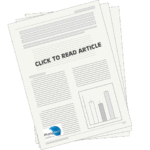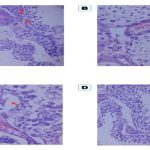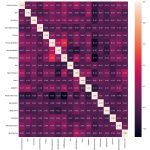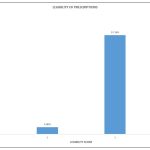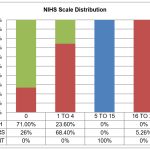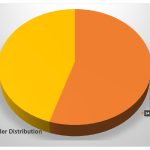-
SM Dhawan, M Surulinathi, BM Gupta
10.5530/jyp.2021.13s.64 s1-s6
-
M Surulinathi, N Prasanna Kumari, BM Gupta
10.5530/jyp.2021.13s.65 s7-s12
-
M Surulinathi, BM Gupta, N Prasanna Kumari, Jivesh Bansal
10.5530/jyp.2021.13s.66 s13-s18
-
BM Gupta, SM Dhawan, M Surulinathi
10.5530/jyp.2021.13s.67 s19-s29
-
BM Gupta
10.5530/jyp.2021.13s.68 s30-s41
-
Shri Ram, Baljinder Kaur, Indu
10.5530/jyp.2021.13s.69 s42-s47
-
Shankar Reddy Kolle, BM Gupta, KK Mueen Ahmed
10.5530/jyp.2021.13s.70 s48-s51
-
BM Gupta, M Surulinathi, KK Mueen Ahmed
10.5530/jyp.2021.13s.71 s52-s58
-
Sandeep Grover, BM Gupta, GM Mamdapur, Swapnajeet Sahoo, Aseem Mehra
10.5530/jyp.2021.13s.72 s59-s65
-
Sandeep Grover, BM Gupta, GM Mamdapur
10.5530/jyp.2021.13s.73 s66-s71
-
Sandeep Grover, BM Gupta, GM Mamdapur, M. Surulinathi
10.5530/jyp.2021.13s.74 s72-s77
-
BM Gupta, M Surulinathi, Jivesh Bansal, Madhu Bansal
10.5530/jyp.2021.13s.75 s78-s83
-
Devi Dayal, BM Gupta, Madhu Bansal, Pamali Mahasweta Nanda
10.5530/jyp.2021.13s.76 s84-s88
-
Devi Dayal, BM Gupta, M Surulinathi, Pamali Mahasweta Nanda
10.5530/jyp.2021.13s.77 s89-s94
-
Devi Dayal, BM Gupta, M Surulinathi, Pamali Mahasweta Nanda
10.5530/jyp.2021.13s.78 s95-s100
-
M. Surulinathi, BM Gupta, N Prasanna Kumari, Neeraj Kumar
10.5530/jyp.2021.13s.79 s101-s107
-
Kanu Chakraborty, BM Gupta, Manashree Chakraborty, Rajpal Walke
10.5530/jyp.2021.13s.80 s108-s114
-
M Surulinathi, BM Gupta, Savita Nandan Bhatkal, Madhu Bansal
10.5530/jyp.2021.13s.81 s115-s121
-
Madhu Bansal, Jivesh Bansal, BM Gupta, Ashok Kumar
10.5530/jyp.2021.13s.82 s122-s129

